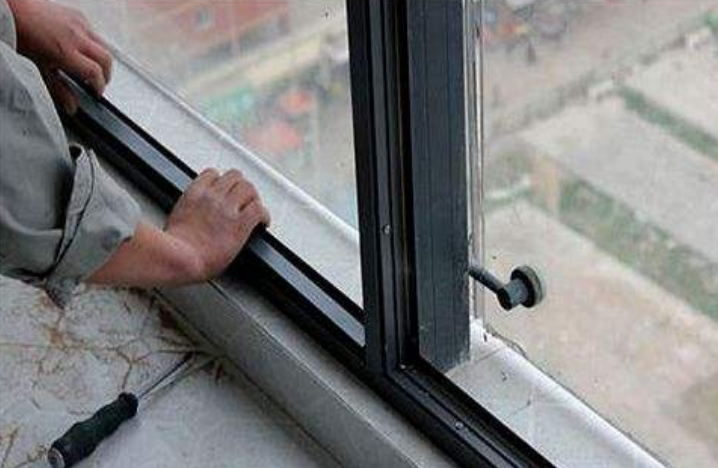Nov . 19, 2024 06:06 Back to list
Versatile PVC Sealing Strips for Effective Flexibility and Durability in Home Applications
Understanding Flexible PVC Sealing Strips Applications, Benefits, and Installation
In modern construction and manufacturing industries, sealing strips play a pivotal role in ensuring energy efficiency, moisture control, and overall structural integrity. Among the various sealing solutions available, flexible PVC (Polyvinyl Chloride) sealing strips have gained immense popularity due to their versatility, durability, and cost-effectiveness. This article delves into the characteristics, applications, advantages, and installation of flexible PVC sealing strips.
Characteristics of Flexible PVC Sealing Strips
Flexible PVC sealing strips are crafted from a synthetic polymer that combines resilience with flexibility. This material remains pliable over a wide range of temperatures, making it suitable for various environments. The flexibility of PVC allows these strips to conform to different shapes, filling gaps and ensuring a tight seal. Moreover, they are resistant to moisture, chemicals, and UV rays, which enhances their lifespan and effectiveness.
The sealing strips come in various sizes and profiles, which can be tailored to fit specific needs. Available in colors ranging from transparent to vibrant hues, they can be selected to match or enhance the appearance of doors, windows, and other structures.
Applications of Flexible PVC Sealing Strips
1. Windows and Doors One of the most common applications of flexible PVC sealing strips is in windows and doors. They create airtight seals that prevent drafts, reduce noise pollution, and enhance energy efficiency. By minimizing air leaks, these seals contribute to lower heating and cooling costs.
2. Automotive Industry In vehicles, flexible PVC sealing strips are essential for providing weather resistance. They are used around doors, windows, and hoods to protect the interior from water intrusion, dust, and noise. This not only improves passenger comfort but also extends the vehicle's life by preventing rust and corrosion.
3. Industrial Use Various industries use flexible PVC sealing strips for machinery and equipment. They are vital in preventing the ingress of dust and moisture, maintaining a clean working environment. These strips are often utilized in loading docks and warehouse doors to ensure seamless operations.
4. Electronics Flexible PVC sealing strips are also employed in the electronics sector to protect sensitive components from environmental factors. They provide a barrier against dust, moisture, and electromagnetic interference, enhancing the reliability and durability of electronic devices.
5. Construction and Renovation In construction, these sealing strips are integral for ensuring watertight seals in both new builds and renovations. They are commonly used around bathtubs, sinks, and showers to prevent water damage and mold growth.
Benefits of Using Flexible PVC Sealing Strips
The advantages of flexible PVC sealing strips are numerous
flexible pvc sealing strip

- Cost-Effectiveness Compared to other sealing materials, flexible PVC is relatively inexpensive, making it an ideal choice for budget-conscious projects.
- Ease of Installation These strips are easy to install, often requiring minimal tools. This simplicity reduces labor time and costs, making them an attractive option for contractors.
- Versatility Flexible PVC sealing strips can be used in a wide range of applications, making them a go-to solution across multiple industries
.- Durability Resistant to harsh weather conditions, chemicals, and ultraviolet light, PVC sealing strips have a long lifespan, providing excellent value for investment.
Installation Guidelines
Installing flexible PVC sealing strips is straightforward, but it’s essential to follow specific guidelines to ensure optimal performance
1. Surface Preparation Clean the surface where the sealing strip will be applied to ensure proper adhesion. Smooth surfaces free of dust and grease will yield the best results.
2. Cutting the Strip Measure the length required and cut the PVC sealing strip to size using a sharp knife or scissors to achieve clean edges.
3. Application If using adhesive-backed sealing strips, remove the protective backing and firmly press the strip into place along the edge. For non-adhesive strips, use a suitable adhesive or sealant.
4. Finishing Touches Ensure that the strip is securely attached and that there are no gaps. This final check is crucial for maximizing the strip's efficacy.
Conclusion
Flexible PVC sealing strips represent an essential component in numerous applications across various industries. Their unique characteristics, coupled with their versatility and ease of installation, make them a preferred choice for ensuring effective sealing solutions. By utilizing flexible PVC sealing strips, individuals and businesses can achieve enhanced energy efficiency, improved comfort, and prolonged durability of their structures and products.




